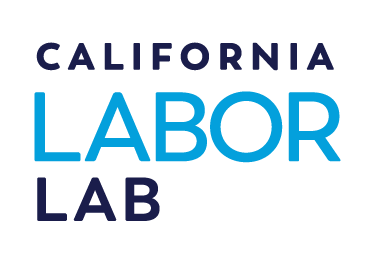The CWHS probes health and work in equal measure, unlike other surveys. This even split enables researcher to explore statistical relationships between working conditions, economic wellbeing, and health status more directly and robustly.
Additionally, in contrast to other surveys, we asked respondents about jobs they worked in the past month as well as the past week. The jobs exposed by time-frame expansion
Researchers will find standard survey items covering demographic, economic, and health indicators, as well as newly developed items about work, economic, and health conditions. Standard questions render the CWHS comparable to other national surveys, and novel questions developed specifically for the CWHS target emergent work and its unique relationship to health. Our research team undertook 21 cognitive interviews in which the novel CWHS questions were explored, tested, and edited for understanding and clarity.
Researchers interested in economic well-being may leverage the answers to detailed questions such as, “Could you come up with $400 if an unexpected need arose within the next month?” and “How difficult is it for you to live on your total household income right now?”. Researchers interested in health may utilize detailed health status information, including chronic conditions, disability, mental health indicators, self-assessments, care utilization, and more. And researchers interested in linking health and/or economic status to work can analyze questions relating to psychosocial and physical work experiences, duration of tenure, industry, and more.
Read More:
- Goals of the CWHS
- The Complex Reality of the California Labor Market: Untangling the Issues
- CA Department of Industrial Relations: Independent Contractors vs. Employees
